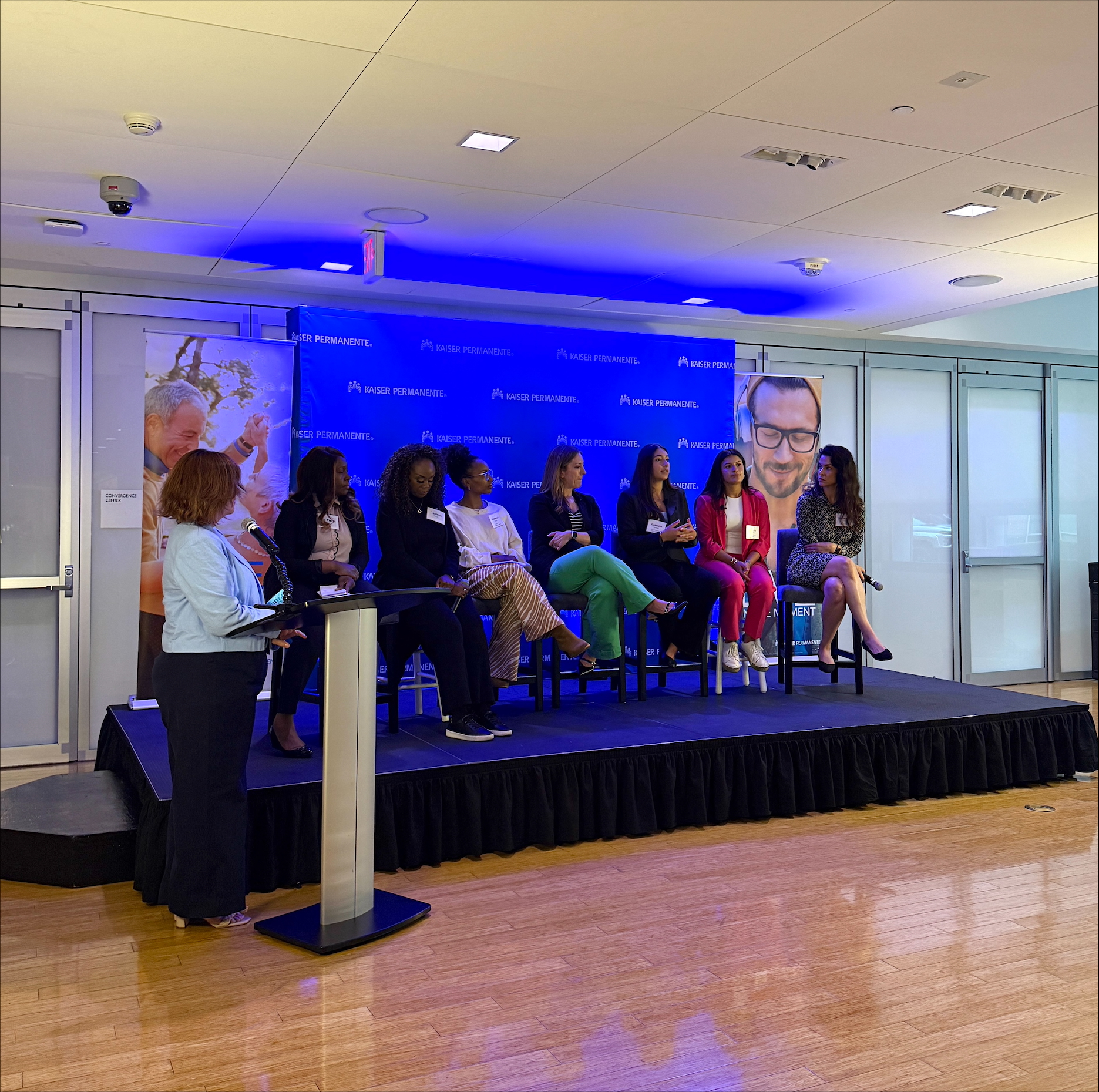During the school year, we hear about how important it is that students get the right amount of physical activity, access to healthy foods and support for overall well-being to keep them healthy during the school day. But what about the summer months?
When school lets out, summer meal programs play a key role in supporting the health of many low-income kids and families who rely on federally funded school meal programs during the rest of the year but don’t have access to those programs once school ends. Two trends in summer meal programs have garnered attention in the news recently, highlighting the challenges and opportunities with feeding the nation’s hungry during the summer.
Reaching students where they are
 While an estimated 21 million children take advantage of the U.S. Department of Agriculture’s (USDA) free and reduced priced meals during the school year, only about 3.8 million children participate in the summer meal programs – the Summer Food Service Program (SFSP) and the National School Lunch Program’s Seamless Summer Option. The summer meal programs have historically been challenged with reaching students of low-income backgrounds who often spend time at home during the summer. Reach can be a particular challenge in more rural communities where families are spread out. And those showers and thunderstorms that many have come to expect in the summer months? They can hinder access to meal sites as well.
While an estimated 21 million children take advantage of the U.S. Department of Agriculture’s (USDA) free and reduced priced meals during the school year, only about 3.8 million children participate in the summer meal programs – the Summer Food Service Program (SFSP) and the National School Lunch Program’s Seamless Summer Option. The summer meal programs have historically been challenged with reaching students of low-income backgrounds who often spend time at home during the summer. Reach can be a particular challenge in more rural communities where families are spread out. And those showers and thunderstorms that many have come to expect in the summer months? They can hinder access to meal sites as well.
Recognizing these challenges, the USDA relaxed what had long been their standards for where students could access summer food programs. Federal law requires students to consume food on site where the food is administered. Transportation to and from these sites can be an additional burden for families already struggling with resources.
But, a recent story on NPR highlighted how some school districts are bringing summer meals to kids. “This Summer, The Cafeteria Comes To The Kids” profiled the mobile meal bus program that uses a meals-on-wheels method of delivery gaining momentum in a number of communities. Students can eat their meals on the buses, thereby still accessing the food “on site.”
The words CHOW bus have replaced the school bus sign over the windshield. It’s blue and green with a food-themed mural on the side. Inside, some seats have been replaced with tables. And the bus is air conditioned so kids don’t have to sweat through their Lucky Charms and chocolate milk. Yes, that’s considered a nutritious breakfast by the USDA.
Nutrition standards still a struggle
And yes, you read that correctly. Lucky Charms and chocolate milk pinpoint the challenges that still remain in giving young people the nutrition they need to be at their healthiest. With more than 12 teaspoons of sugar in a single serving of standard Lucky Charms and chocolate milk, for example, kids are getting far more sugar in one meal than the American Heart Association recommends they should be getting in a single day.
Some cereal companies have re-formulated their offerings to meet the school nutrition standards, infusing them with whole-grains and less sugar, the quality of the food is still questionable and doesn’t provide kids with the kinds of nutrition that they could get from fresh, unprocessed fruits and vegetables.
As the debate about federal nutrition standards for school meals continues in Congress, it’s important for districts and communities to look across the spectrum of school meal programs, both during and outside of the school year, to explore ways of feeding the hungry with food that will not only sustain them through the day but actually build their bodies and minds to be at their healthiest.
Learn more about the USDA’s Summer Meal Programs on their website.




